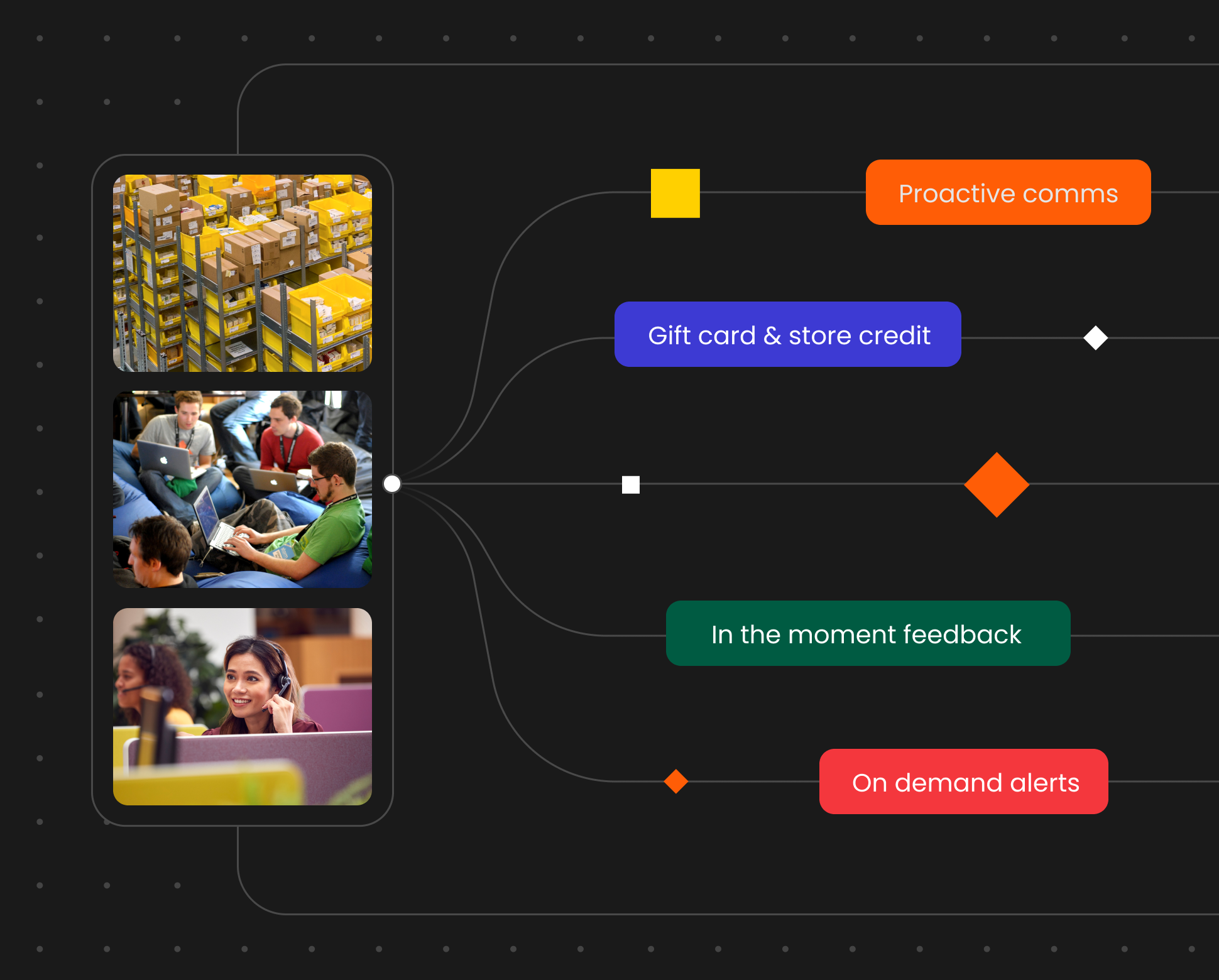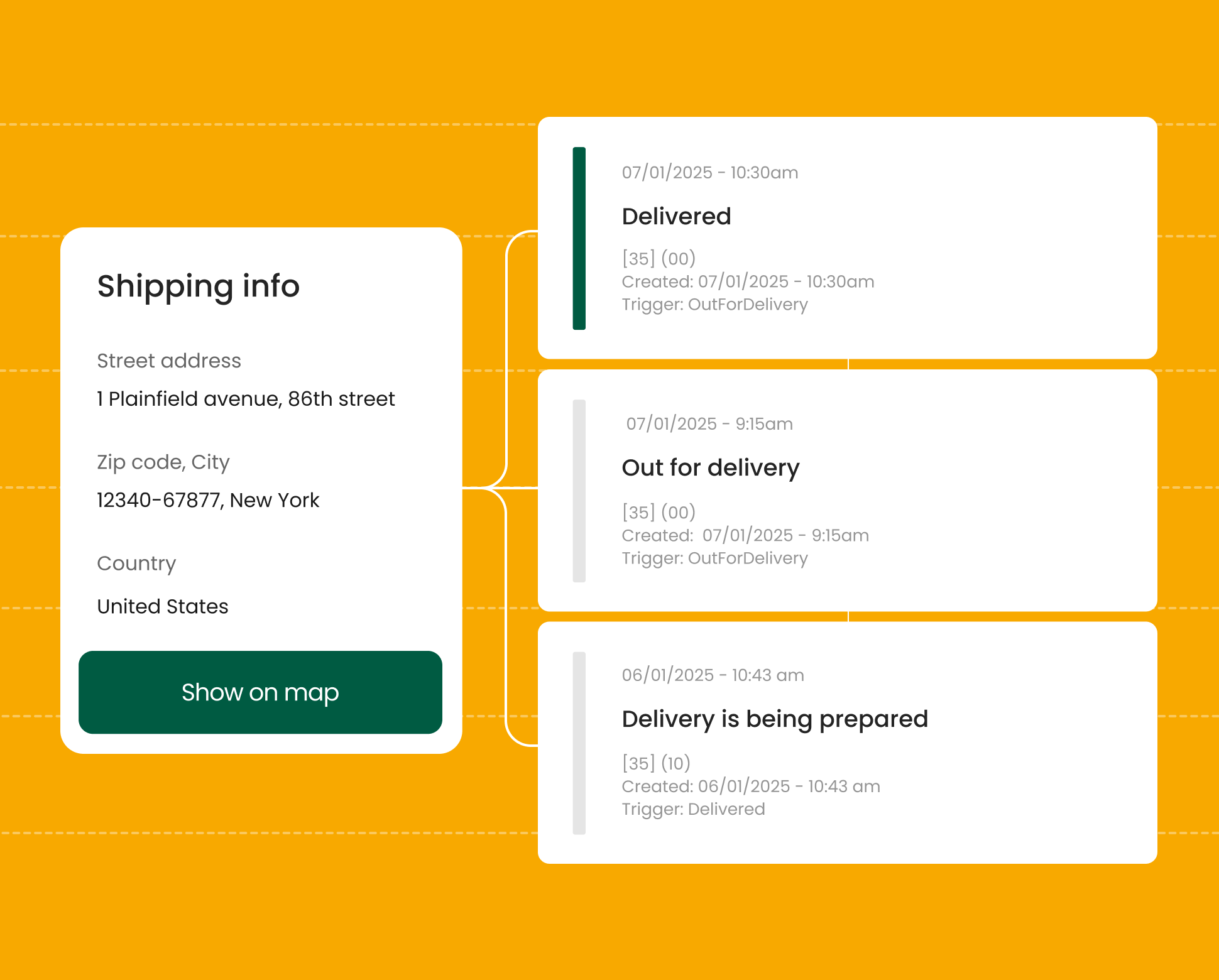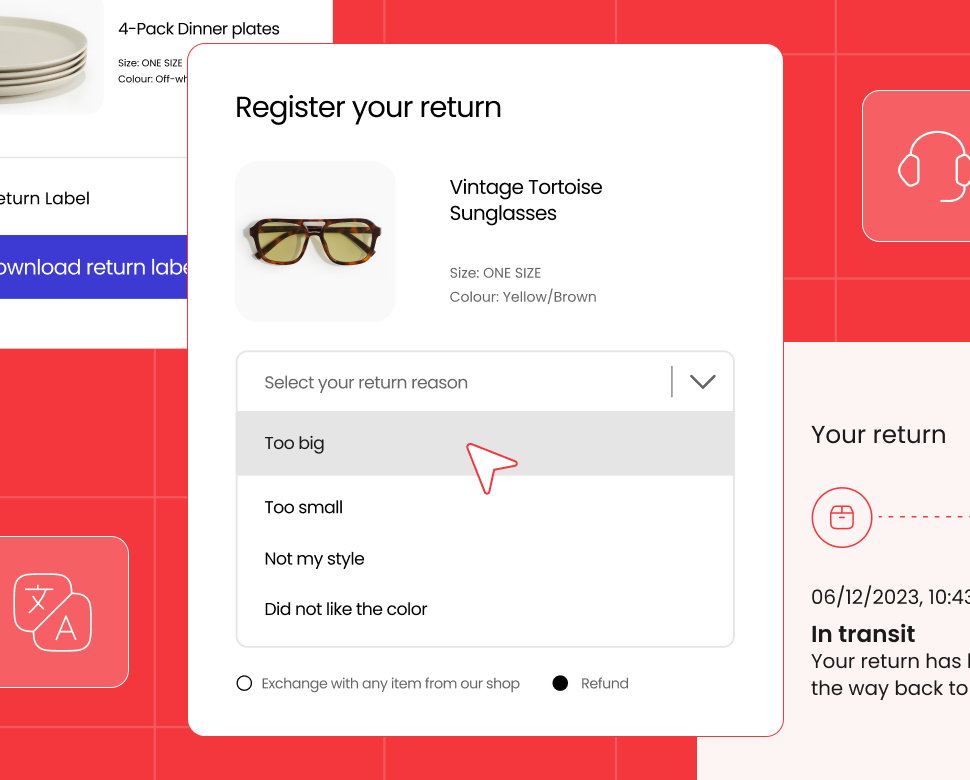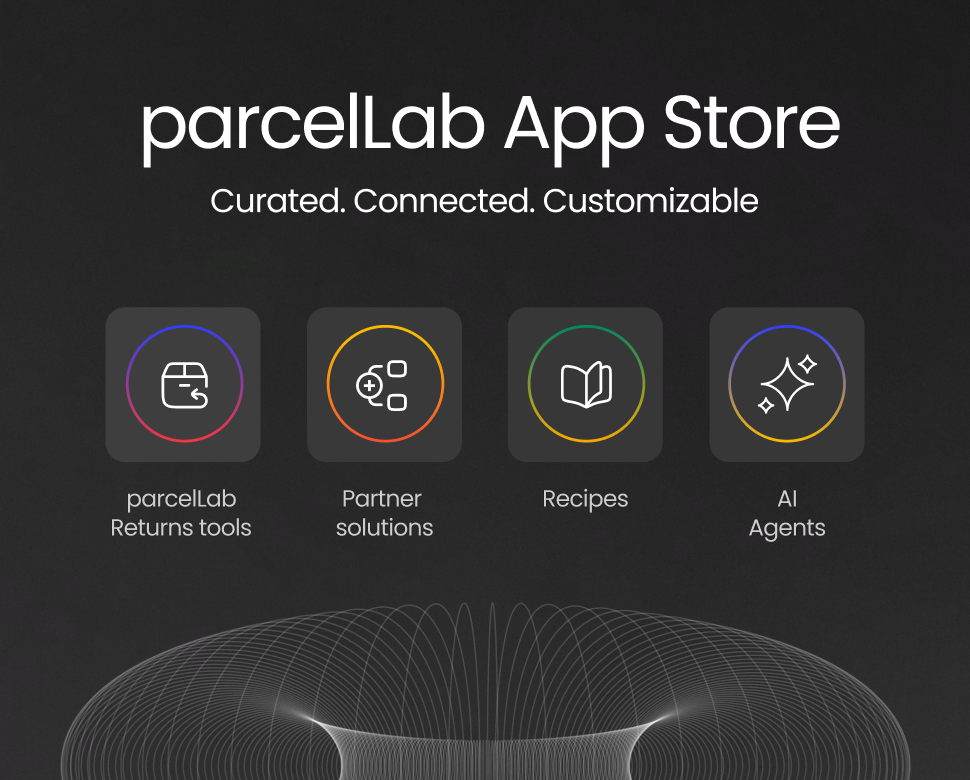How to reduce return rates with smarter personalization

Contents
Returns are a persistent challenge for every eCommerce retailer. With rising costs and increasing customer expectations, it’s imperative to find innovative ways to reduce return rates while enhancing the overall customer experience. In our recent webinar, “The AI Advantage: Reducing Returns with Smarter Personalization,” experts from Bloomreach and parcelLab discussed actionable strategies that can help retailers tackle this issue head-on. Below, we delve into these strategies and how they can transform your approach to returns management.
The return reality
The eCommerce landscape is plagued by soaring return rates, with categories like clothing experiencing return rates as high as 50%. Over the past four years, return rates have increased by 79%, driven by factors such as incorrect sizing, product dissatisfaction, and the ease of online returns. The financial implications are staggering, with $816 billion lost annually due to returns and associated costs, including $84 billion from fraudulent returns alone.

A poll conducted during the webinar revealed that 35% of retailers experience return rates between 10-20%, while 25% face return rates of 20-30%, and a significant 15% reported return rates exceeding 40%. These figures underscore the critical need for effective return management strategies to mitigate losses and improve customer satisfaction.
Pre-purchase strategies: Preventing returns before they happen
Mark Galvin, Vice President of Strategic Program Development at Bloomreach, emphasized the importance of using AI-powered tools to enhance product information and personalization, which can significantly reduce returns. By implementing detailed size guides, personalized product recommendations, and advanced search functionalities, retailers can help customers make more informed purchasing decisions. Galvin shared, “Brands can leverage data analytics to identify products with high return rates and adjust their marketing strategies accordingly, even using AI to tailor product recommendations to reduce the likelihood of returns.”
This proactive approach not only improves the accuracy of customer purchases but also helps retailers avoid offering products likely to be returned, especially to customers with a history of frequent returns. Galvin also highlighted the potential of Bloomreach’s AI tools, such as their generative AI-powered assistant, which helps marketers uncover data-driven insights to optimize the shopping experience and reduce returns.
Key takeaways:
- Utilize AI-powered tools: Use AI to improve product information, create detailed size guides, and offer personalized product recommendations to help customers make informed decisions, reducing the likelihood of returns.
- Analyze return data: Use data analytics to identify high-return products and adjust marketing strategies, targeting customers with personalized recommendations that minimize return risk.
Post-purchase approach: Transforming returns into opportunities
Max Schmitt, Solution Consultant at parcelLab, discussed how the post-purchase journey offers opportunities to reduce returns and drive customer loyalty. He pointed out that an embedded returns portal within the retailer’s website is no longer just a nice-to-have but a necessity. “A fully digital returns process not only simplifies the experience for customers but also enables retailers to collect valuable data on return reasons, which can be used to refine product offerings and improve the overall shopping experience,” Schmitt explained.
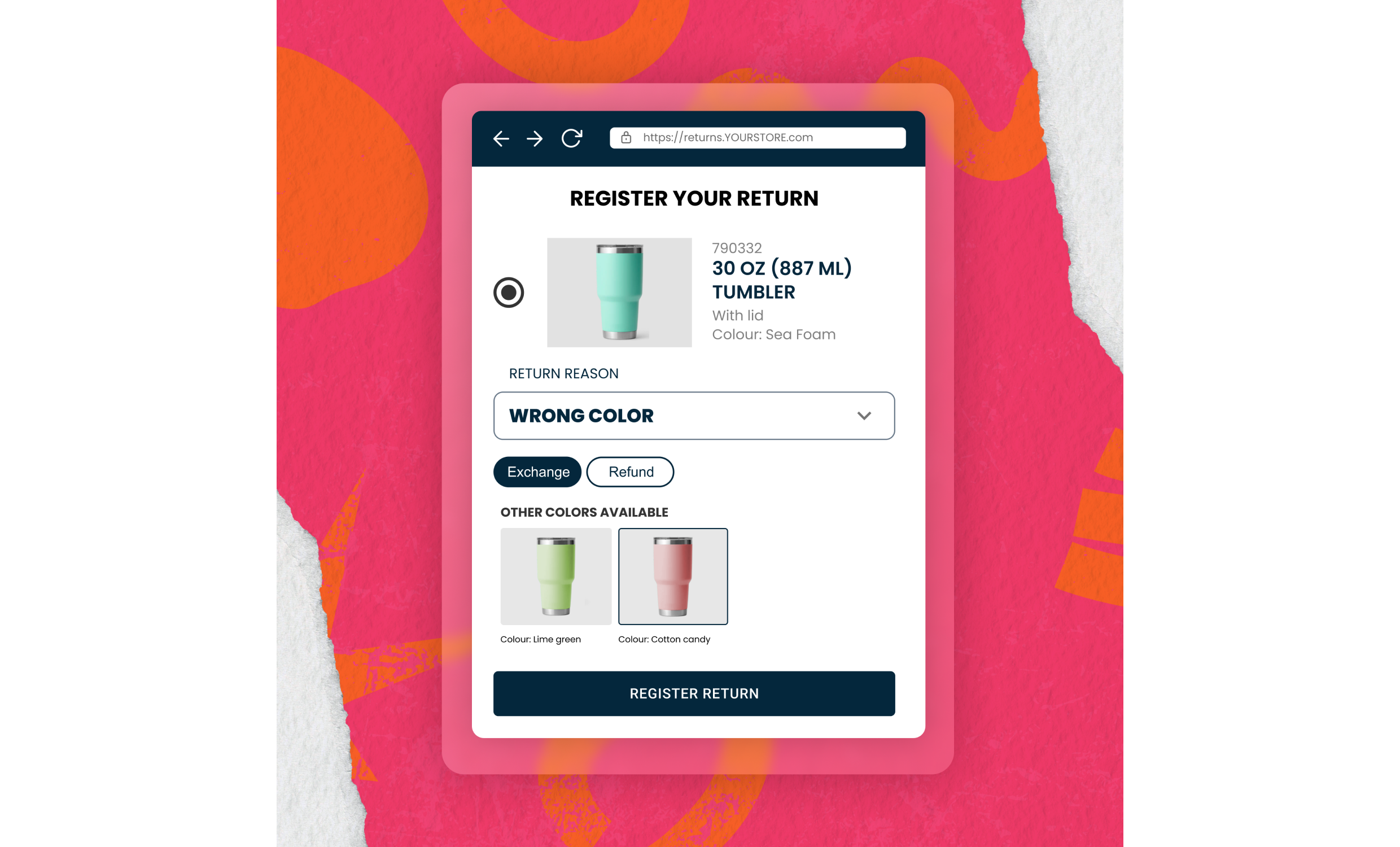
Schmitt also shared the importance of offering personalized returns experiences. For example, loyal customers might benefit from instant refunds or free returns, while new or less frequent customers might receive store credit incentives to keep revenue within the retailer’s ecosystem. This approach not only enhances customer satisfaction but also encourages repeat purchases, as evidenced by the positive results seen by brands like True Classic and Chico’s, which have implemented these strategies.
Key takeaways:
- Offer embedded returns portals: Integrate a fully digital returns process on your website to streamline the customer experience and collect valuable data on return reasons for continuous improvement of your communications.
- Personalize the returns experience: Tailor returns processes to customer segments. For example, offer instant refunds to loyal customers and store credit to new ones, incentivizing repeat purchases.
The role of AI in returns management
AI is a game-changer in returns management, enabling retailers to analyze vast amounts of data to identify trends, predict customer behavior, and personalize the customer experience. From pre-purchase guidance to post-purchase recommendations, AI-powered solutions help retailers optimize their return processes, build stronger customer relationships, and ultimately reduce return rates.
For example, Bloomreach’s Clarity solution allows for a more conversational shopping experience, helping customers find the right products and understand return policies before making a purchase. Similarly, personalized post-purchase communications, such as product FAQs and instructional videos, can reduce the likelihood of returns by ensuring customers are fully informed about their purchases.
Key takeaways
- Leverage post-purchase communication: Use personalized follow-up communications, like product FAQs and instructional videos, to make sure your customers fully understand their purchases and prevent returns.
- Adopt AI in returns management: Use AI-driven solutions to predict customer behavior, personalize experiences, and optimize return processes to reduce return rates and enhance customer satisfaction.
Transform your returns journey with parcelLab
Reducing returns requires a multifaceted approach that combines data-driven insights, innovative technology, and a customer-centric mindset. By implementing the strategies outlined above, retailers can not only minimize return rates but also transform returns into opportunities for revenue growth and customer loyalty.
Are you ready to optimize your returns process? Explore how parcelLab Retain can help you turn returns into a competitive advantage.
Interested in viewing the webinar replay? Access the recording here.
